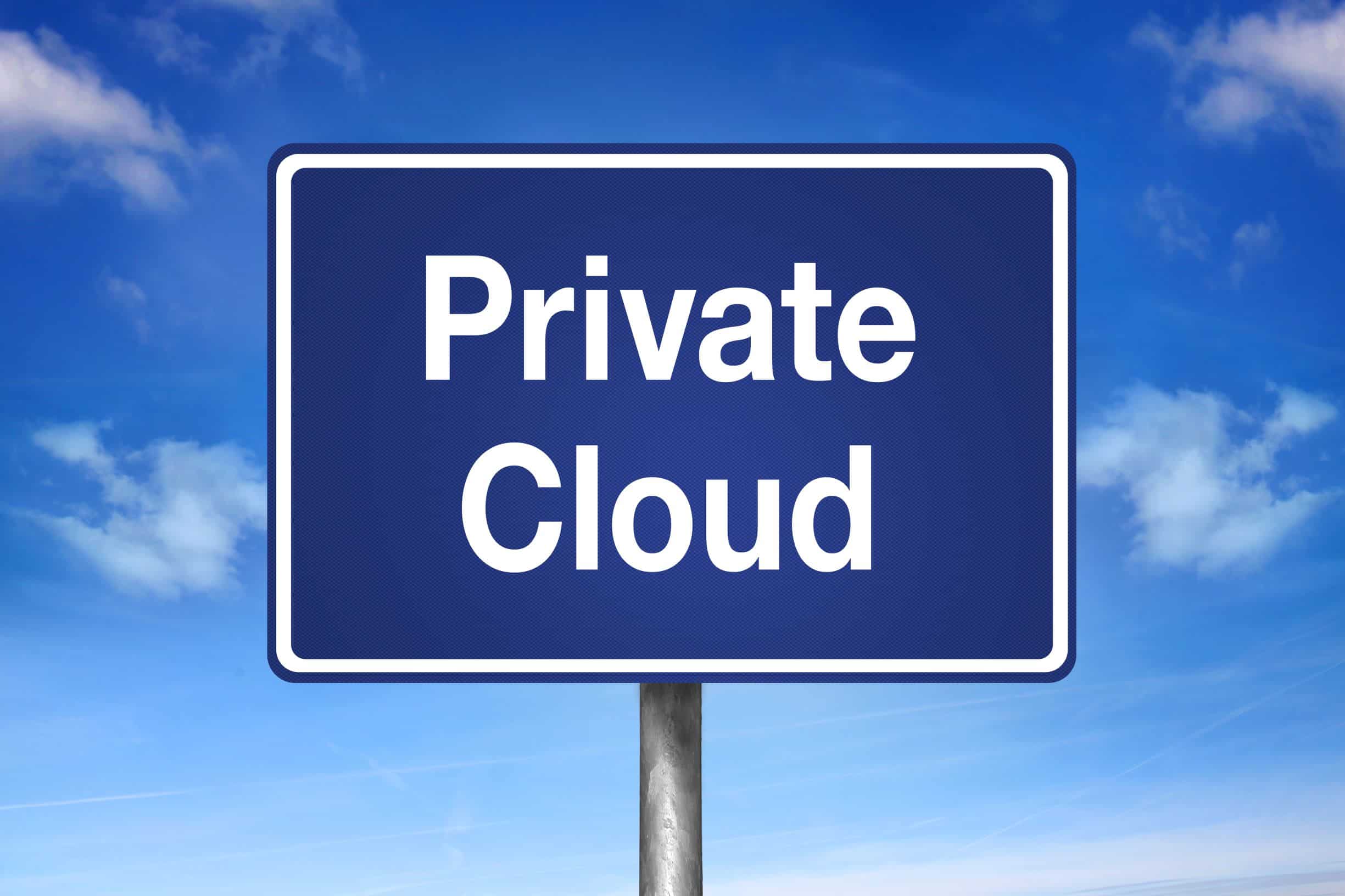The Biggest Challenge for Your Cloud Strategy: Managing Costs
Connectria
Author
Date
July 2, 2019

The rapid growth and adoption of public cloud use, including enterprise adoption of multi-cloud environments, is creating new visibility challenges. That’s the conclusion of a 2019 report by Kentik, which surveyed 310 conference attendees during the AWS user conference held in Las Vegas.
While this study focused particularly on AWS users, it is reflective of a wider trend: Enterprises are building more and more multi-cloud environments but are beginning to buckle under the weight of managing and optimizing their various cloud resources. Cost, specifically, is becoming a major concern as more and more services and infrastructure are moved to public clouds.
The Elephant in the Room: Cloud Costs
Kentik’s study found that a full 29 percent of respondents identified “cost management” as their single greatest cloud management challenge. And a more extensive study done this year, by RightScale, found that 64 percent of enterprises felt that optimizing their cloud use especially when it came to costs, was their top priority moving forward. It shouldn’t be surprising that cost containment is a concern. One of the major reasons organizations turn to the cloud is to minimize their investment in hardware and better control IT costs. But as needs and usage continuously change and scale, managing those costs becomes a job in itself.
And it’s clear that many organizations simply lack the appropriate tools to do this. For example, the Kentik study found that a full 10 percent of respondents admitted they were still tracking AWS costs with spreadsheets. And an additional 10 percent of the respondents reported not tracking costs at all.
Hidden Costs of the Cloud
Another big reason organizations struggle to control their cloud costs is that they fail to anticipate additional charges that can accrue as their cloud resources are used. For example, additional charges can occur for:
- Customizations
- Egress/passing data between multiple clouds (egress charges)
- Additional disaster recovery
- “Orphan” snapshots left behind when instances are deleted
- Access for remote workers
- Unused static IP addresses
- Storage for old/obsolete data
Getting Better Control Over Your Cloud Costs
Get a more accurate picture of your cloud costs by taking an inventory of your cloud usage and review your billing and SLAs. Once you have a better picture of your needs and costs, the better position you’re in to make the two match. Next, we recommend the following steps for getting better control over your cloud costs:
- Get the right tool. Leave the spreadsheets behind. Get a cloud-agnostic support tool like TRiA and monitor your cloud usage.
- Shut down unused or unnecessary instances. Not all instances need to run 24/7 according to your highest loads. Shut down those that are unused or likely to be unused in the near future.
- Downsize over-provisioned instances. According to some studies, roughly more than a third spent on instances is on VMs running at under 40 percent of capacity. Scale these down to prevent waste.
- Go native. If you have applications that were just migrated to the cloud using lift and shift, they probably aren’t working as efficiently as they could be. Start the process of changing these to cloud-native apps.
- Use automation. Using automation of policies to do basic cloud management speeds up management steps while reducing error. For example, you could be using automation to rightsize instances, eliminate active but unneeded storage, locate lowest cost regions, and scale your operations as needed.
- Create notifications. Set up alerts and notifications to alarm you as financial situations arise. For example, you can be notified when a monthly spending limit has been reached. You could also receive notification for when your number of instances suggests switching to a different pricing plan.
- Avoid vendor lock-in. If you are dealing with multiple vendors, you can find which ones offer the most cost-effective services—if you have the right monitoring tools (see #1).
Contact Connectria for more information.
Keep Reading
Prepare for the future
Tell us about your current environment and we’ll show you the best path forward.
Fast track your project. Give us a call.






